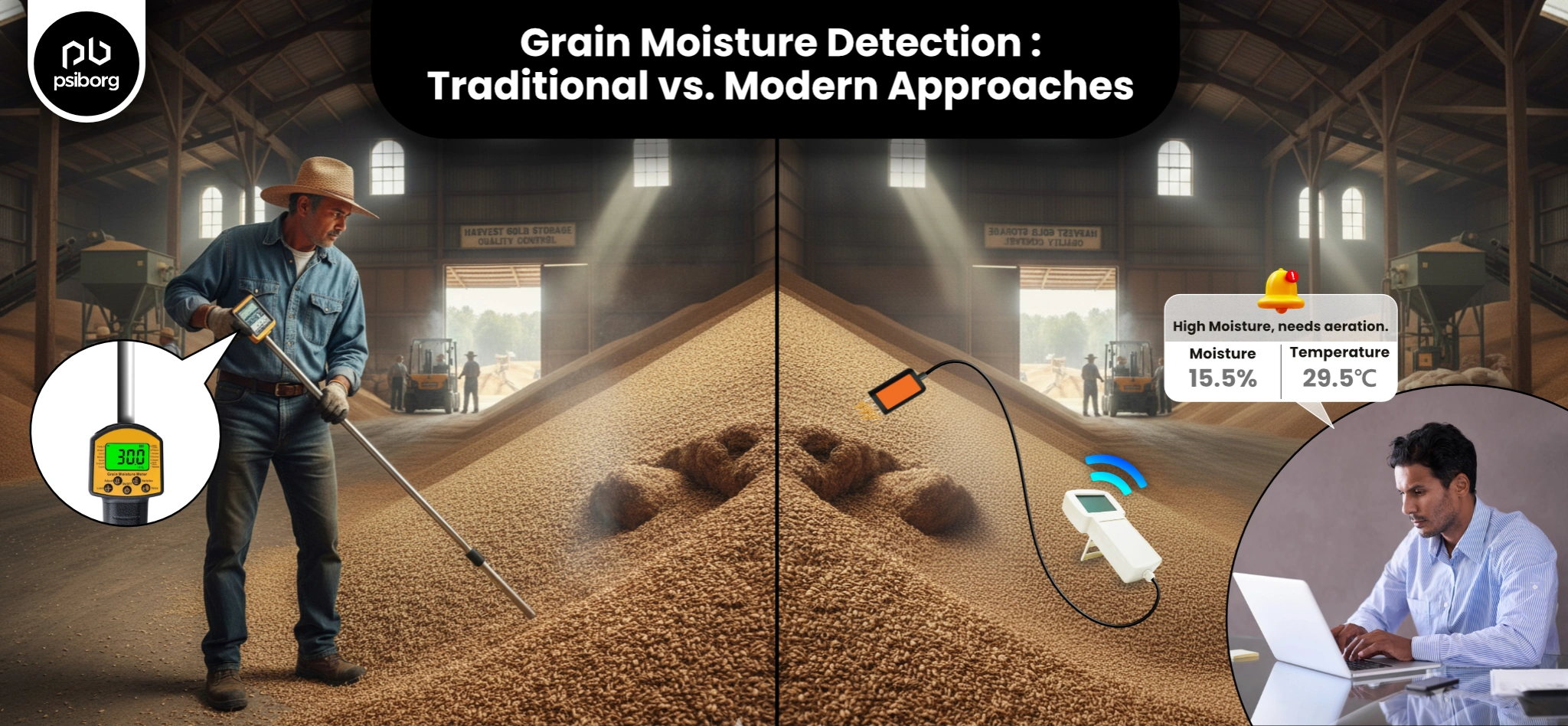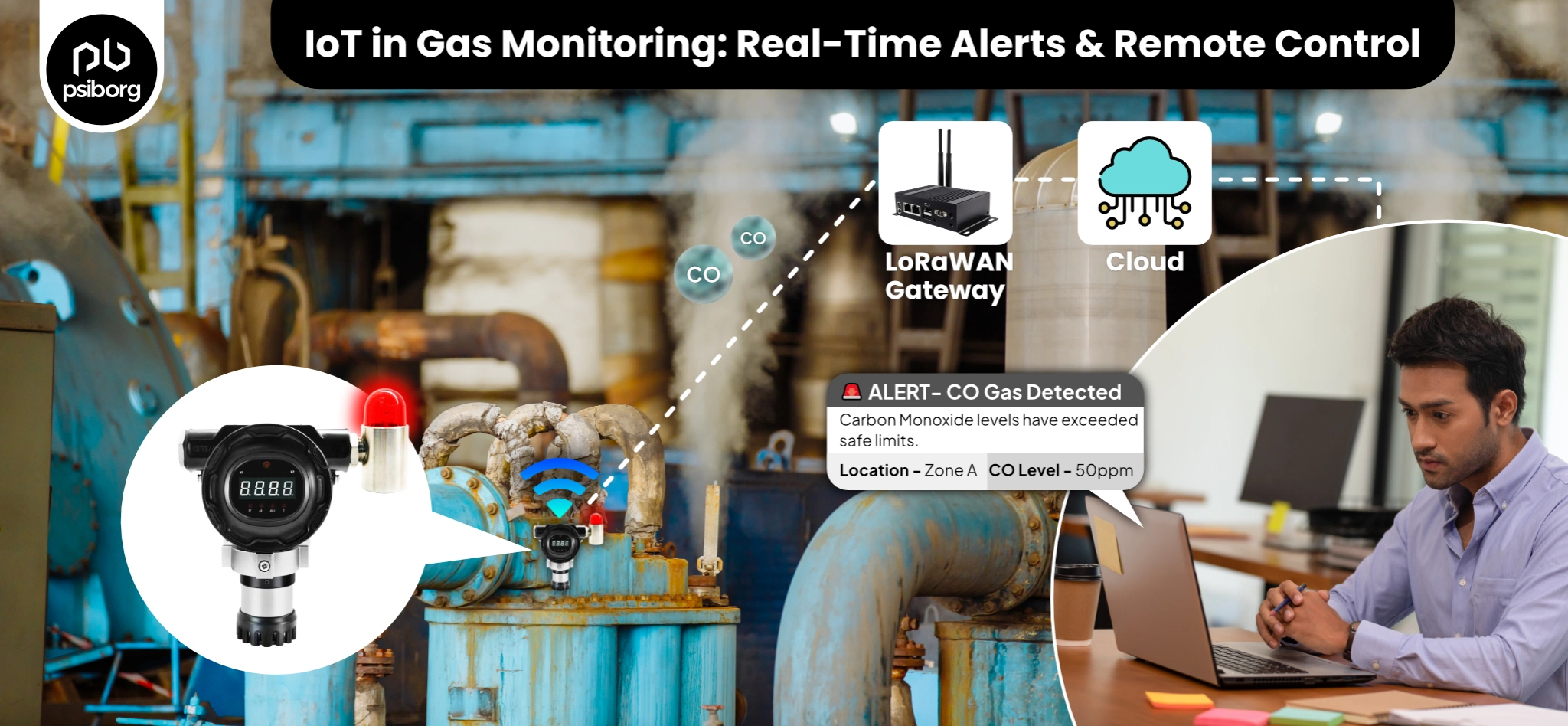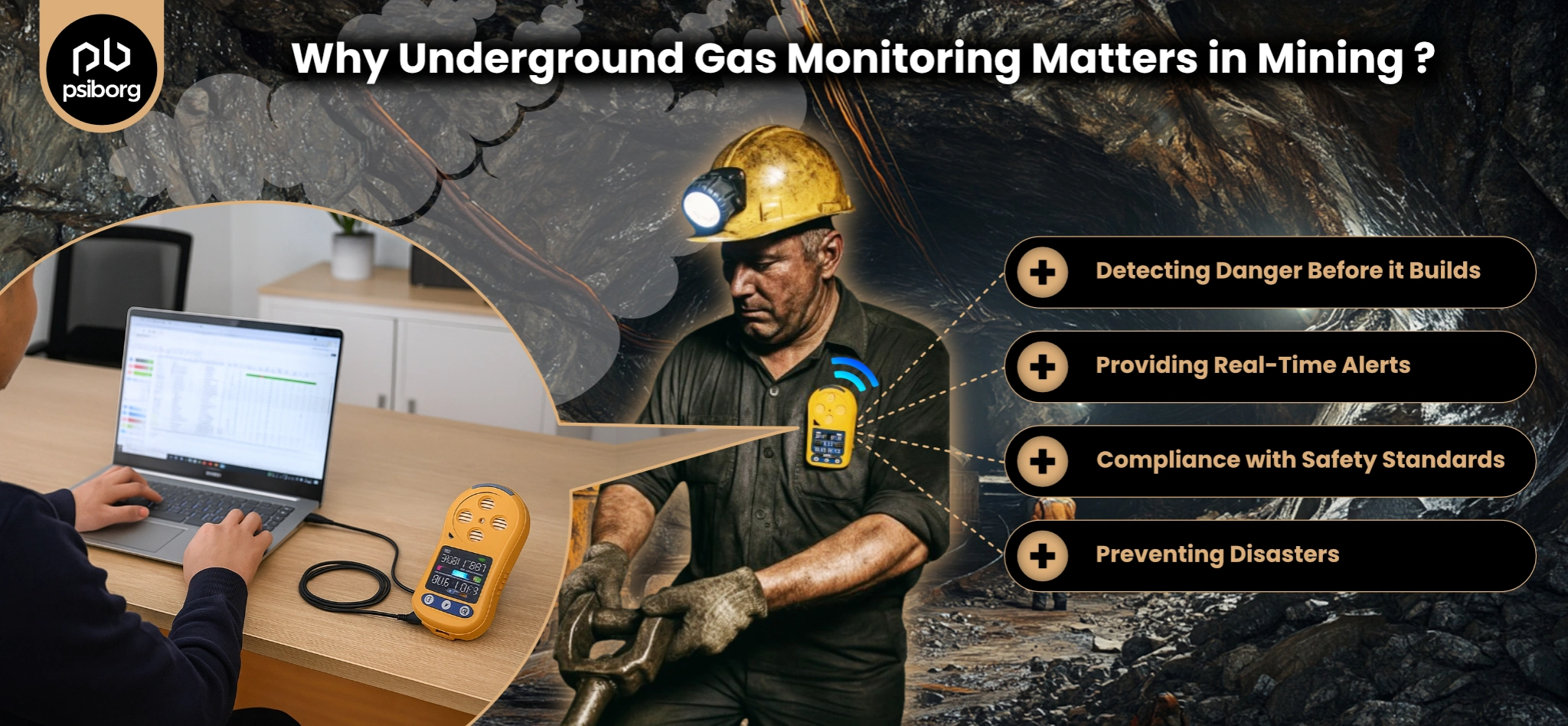Industries of all kinds need an equipment tracking system because it prevents expensive equipment from theft, loss, and damage. A large percentage of company holdings include equipment and assets, this makes asset tracking essential for meeting compliance, industry standards, and regulations.
However, only IoT technology has the potential to offer real-time tracking and improve the performance of each type of industry.
That is why business professionals are now adopting new IoT technologies like equipment tracking systems to maintain and manage their assets and keep their operations efficient.
Now, without further talk, let’s just dig into IoT based equipment monitoring and understand how this tracking system works.
Smart Equipment Tracking System
An equipment tracking system is a smarter approach to industrial equipment monitoring, and it involves the use of IoT technology that assists in monitoring, utilization, and maintenance of heavy industrial equipment. This equipment includes heavy machinery, tools, forklifts, and vehicles.
Nevertheless, the equipment and assets tracking task includes acquiring, registering, maintaining, tracking, and disposing of assets and equipment.
Therefore, the goal of using a smart equipment tracking system is real-time equipment data observation and analysis.
This smart IoT system uses beacons, gateways, and advanced analytics to improve equipment monitoring in warehouses, manufacturing, construction, healthcare, oil and gas, mining, and electrical industries.
Types of equipment which requires tracking
- Heavy or Mid-Sized Equipment – Pallet beacons are used for tracking.
- Small Equipment – Printable QR code BLE/RFID tags are used.
![]()
Several technologies are utilized to develop an equipment tracking system, such as LoRa, GPS, BLE, and other wireless technologies. BLE and UWB both have common attributes and are considered best for indoor position tracking. Moreover, UWB is far superior to Bluetooth, because UWB determines location via ToF and Bluetooth determines location via RSSI.
However, in this article, we will discuss the BLE-based equipment tracking system that is a widely used technology in indoor settings.
This discussed solution is a BLE-based tracking system that utilizes Received Signal Strength Indication (RSSI) to estimate the distance between BLE tags attached to equipment and strategically placed gateways and anchors.
Also, triangular algorithms are used for better positioning and to improve the precision and efficiency of equipment tracking.
That’s how the system helps management by providing valuable data for decision-making, predictive maintenance, and process optimization.
How Does the BLE Based Equipment Tracking System Work?
![]()
In order to determine the precise location of an asset, BLE equipment tracking systems work together with beacons, anchors, and gateways.
To state it clearly, the beacon broadcasts signals at regular intervals, and BLE devices detect these signals. Based on the RSSI data of the BLE devices, we can approximate the path of the moving beacon’s signal.
When the signal data is broadcast to the strategically placed gateways, the system measures the angle of the signals, and the position of the beacon is triangulated.
Further, based on the triangular algorithm and RSSI information, the precise location of the asset is determined.
The Triangulation Theory
Three strategically placed gateways receive the signal broadcast from the beacons. The receiver units, or gateways, are arranged in geometric patterns to receive the signal.
Due to the different path lengths, each gateway receives the beacon signal at a different time. RSSI information is derived from the signal strength and path.
For instance, the closer the receiver is to the transmitter, the stronger the signal strength will be.
The system measures the phase difference and RSSI information at each gateway. This phase difference is calculated to determine the accurate angle from which signals are received.
Furthermore, the system uses these angles to draw lines from the receivers to the possible location of the beacons.
The point where these lines intersect is the exact location of the beacon.
Understand Manufacturing Equipment Monitoring Through Example
![]()
IoT is the combination of physical assets and software, and it transmits and exchanges data via the internet.
Here, the equipment monitoring system is developed using IoT technology to monitor and manage the location, status, and usage of all the equipment used within an organization.
For instance, businesses in the manufacturing industry are dependent on all kinds of large and small equipment so let’s understand the workings of the smart system by taking the example of the manufacturing facility.
Consider a car manufacturing plant.
- The entire car manufacturing plant is equipped with multiple receivers or gateways with antenna arrays placed strategically.
- BLE beacons are attached to each piece of equipment, like welding robots, assembly line machinery, forklifts, and all other kinds of tools.
- As the equipment moves, the beacon transmits the signals that are picked up by the receivers.
- The system later calculates the RSSI data and triangulates the exact position of each beacon.
- The positions are displayed on a central system, allowing the manufacturing staff to see in real-time the location of each piece of equipment.
So, imagine a scenario where a forklift in a car manufacturing plant has a malfunctioning battery.
The team locates the forklift using real-time tracking data, performs the necessary maintenance, and ensures minimal disruption to the production process. This proactive approach prevents a potential breakdown that could have halted operations and caused significant delays.
Features of Equipment Monitoring and Tracking System
The core functionalities of a smart equipment tracking system are:
1. Zone-based Equipment Monitoring
The system monitors equipment activity and its condition using sensors. Zone-based equipment monitoring tells a lot about equipment location, its working status, depreciation, and its safety of use.
If any defects or issues are identified by the tracking device in equipment like part displacement, breakdown, corrosion, theft, or unscheduled equipment use then alerts are sent to the supervisor.
2. Equipment Data Management
Other than tracking equipment location, the manufacturing equipment tracking system provides detailed equipment-related data like the equipment type, model, serial number, manufacturer, and more for proper equipment management.
In addition, secure centralized storage and full-text search of equipment manuals, insurance, and warranty documentation can also be integrated into the system.
3. Monitoring Equipment at Multiple Sites
Many manufacturing companies have multiple working sites and factories, especially large organizations as several projects are happening simultaneously. This reality complicates equipment and asset tracking. Plus, the work will become more efficient if the company monitors and tracks valuable equipment across all sites instead of monitoring equipment locations at one site. And the smart equipment management system makes it possible.
With the smart tracking system, both equipment tracking and people tracking are achieved in the manufacturing industry.
4. Equipment Predictive Maintenance
Predictive maintenance is a proactive approach to avoiding downsides and assembly line delays. The smart equipment tracking system offers heavy equipment maintenance management by scheduling equipment inspections based on real-time equipment monitoring data.
The system also sets predictive maintenance depending on the equipment procurement data, equipment running time, and equipment safety inspections.
5. OEE and ROI Measurement
OEE (overall equipment effectiveness) is one important practice that identifies how truly productive the production time is. The percentage of OEE is used to determine the performance of the production equipment and eliminate waste from the production and assembly line to ensure a 100% OEE score.
By incorporating a smart equipment tracking and monitoring system, the supervisors can monitor the quality, availability, and performance of the machines in real time.
You can also easily calculate the financial impact of incorporating the equipment management system in the operations by comparing the solution’s cost to its benefits.
Suggested Reading: Manpower Tracking and Monitoring System
Use Cases of an industrial Equipment Tracking
A good equipment and machine tracking system can improve industrial performance, minimize repair and maintenance costs, and support business goals.
It is one solution that can be integrated across all industries and is not limited to only one industry.
Thus, the application of smart equipment monitoring and tracking systems are:
1. Remote Monitoring & Predictive Maintenance in the Manufacturing Industry
The manufacturing industry utilizes equipment tracking systems to take predictive maintenance using IoT approach. By analyzing equipment sensor data, EMS can predict potential failures, allowing for scheduled maintenance and preventing costly breakdowns.
Also, Real-time location tracking of equipment helps optimize utilization, reduce theft, and improve inventory management.
2. Inventory Management in the Supply Chain & Logistics Industry
In the logistics industry, equipment tracking devices are used to monitor the location and condition of goods throughout the supply chain and in shipment tracking, to improve visibility and efficiency. Other than that, the smart system also assists in inventory management.
It optimizes inventory levels by tracking stock movement and preventing stockouts or overstocks.
3. Equipment Maintenance and Anomaly Detection in the Construction Industry
The aforementioned smart system improves construction project efficiency by protecting construction assets through real-time location monitoring.
It also reduces equipment downtime and protects construction assets from thefts through real-time monitoring, thus extending equipment lifespan.(qr code generator)
Choose PsiBorg Technologies for Developing Equipment and Machine Tracking Solutions
Being an IoT service provider, PsiBorg Technologies develops industry-grade smart IoT solutions with equipment tracking systems being one of them. The smart equipment monitoring system developed by Psiborg offers key benefits like:
- Maximized equipment uptime and efficiency
- Reduced maintenance costs through predictive maintenance
- Improved asset visibility and security through IoT
- Optimized resource utilization through IoT data
- Data-driven decision-making for improved operations
- Increased operational efficiency through IoT automation
- Enhanced customer satisfaction through improved service delivery
No matter if your business is in the manufacturing or construction industries, PsiBorg Technologies can build an equipment tracking system that will benefit you across all your pain points.
Explore our success story on manpower and trolley tracking in the automotive industry to learn about our proven solutions.
Moreover, there are various IoT solutions that you can integrate into your business with ease.
Can’t decide which is worth investing in right now!
Check out the industrial IoT solutions that are most suitable for your business, or simply contact us.
FAQs
An equipment tracker uses IoT technology to monitor the location, usage, and condition of tools, machinery, or vehicles. Also, it improves asset management practices, reduces loss, and improves operational efficiency.
An Equipment Tracking System uses GPS to monitor assets. Here, the tags attached to the equipment transmit data to a central system, providing real-time location, usage, and maintenance status to optimize management and reduce losses.
The benefits of using an Equipment Tracking System includes:
- Improved asset management
- Reduced chances of loss and theft,
- Improved operational efficiency,
- Better maintenance scheduling,
- Real-time visibility into equipment location and status.
Yes, the system also provides predictive maintenance alerts. It analyzes usage data and equipment performance to predict potential issues, allowing for timely maintenance. This way, downtime is reduced, equipment life is extended, and repair costs decrease.
Yes, the smart equipment tracking system is perfectly suitable for both small and large businesses. PsiBorg develops customized IoT solutions so the system can easily be scaled to meet the specific needs of any operation, providing essential tracking and monitoring features that improve work efficiency regardless of business size.





